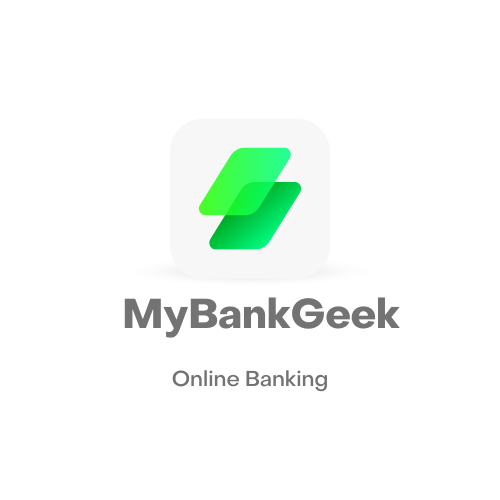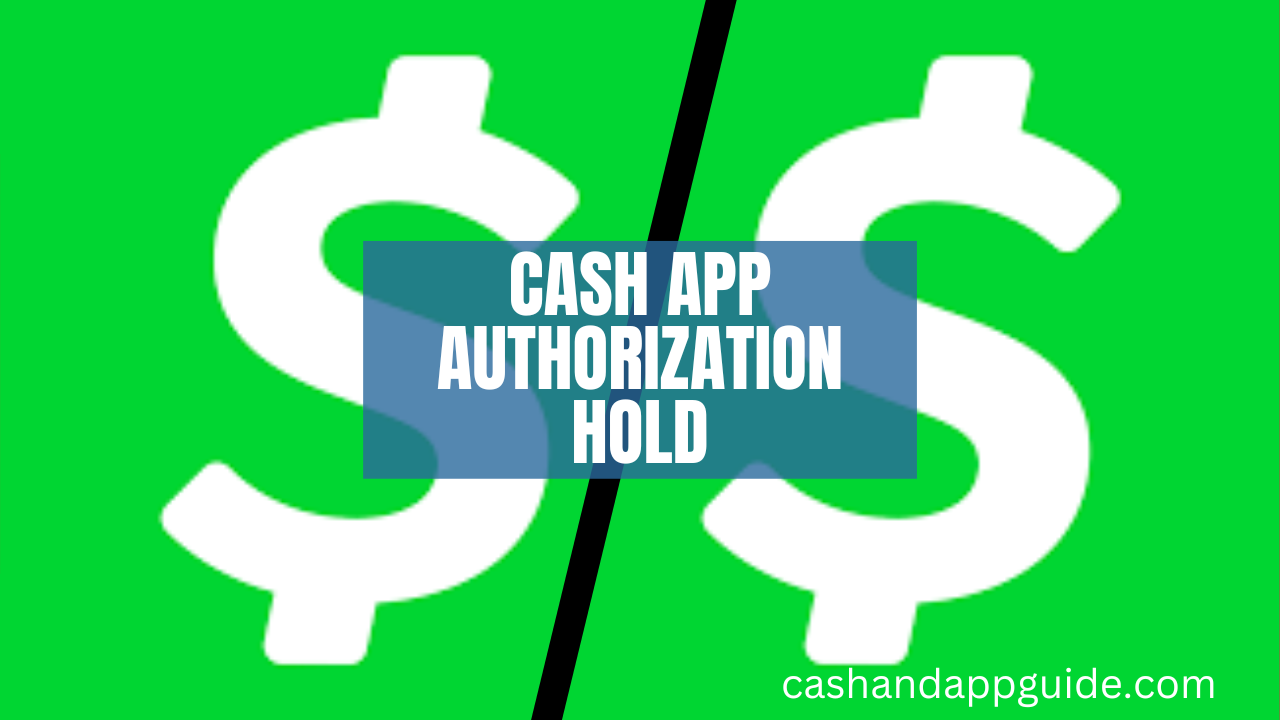One basic term you’ll hear very often as you make transactions with a debit or credit card is the authorization hold. It’s a simple charge of the funds on a debit or credit card to ensure that a business doesn’t offer services that the customer will eventually be unable to pay for.
If you’ve noticed, swiping your credit or debit card at a gas station will see the payment processing system put a hold on your funds. The hold is typically higher than the cost of what you’ll be buying, but there’s no way to know, and that’s the point exactly.
If you’re reading this, you probably already know about authorization holds and you’re just looking to see how Cash App handles it. In this article, I’ll discuss Cash App authorization hold to see if Cash Card users are also liable to holds on their debit cards.
What’s Cash App Authorization Hold?
An authorization hold is a temporary hold placed on a certain amount of funds in your Cash App account. This hold is often used when you make a purchase or initiate a transaction with your Cash App account, such as when you use your Cash App debit card to make a purchase in a store or online.
Authorization holds are typically released within a few days of the transaction being completed, although it can take longer in some cases. The hold will be released and the funds will become available for use again once the transaction is finalized and the merchant has settled the payment.
If you have a pending authorization hold on your Cash App account and you need to access the funds, you can try contacting the merchant or seller to ask them to release the hold. In some cases, the merchant may be able to release the hold manually, allowing the funds to become available again. Alternatively, you may need to wait for the hold to be released automatically.
How Cash App Authorization Hold Works
When you use your Cash App account to make a purchase or initiate a transaction, the merchant or seller will typically place an authorization hold on a certain amount of funds in your account. This hold serves as a way for the merchant to ensure that the funds are available and can be used to complete the transaction.
The amount of the authorization hold will depend on the amount of the transaction. For example, if you use your Cash App debit card to make a purchase for $50, the merchant may place a hold on $50 in your account.
Once the transaction is completed and the merchant has settled the payment, the authorization hold will be released and the funds will become available for use again. This process usually takes a few days, although it can take longer in some cases.
It’s important to note that an authorization hold is not the same as an actual charge. The funds are simply being held temporarily and are not transferred to the merchant until the transaction is finalized.
Why Does Cash App Use Authorization Holds?
If you’re experiencing a Cash App authorization hold, there are a few things you can do to resolve the issue:
- Check your Cash App balance. The first thing you should do is check your Cash App balance to make sure that you have enough funds to cover the payment. If you don’t have enough funds, you’ll need to add more money to your balance before the hold can be released.
- Contact the merchant. If you’re sure that you have enough funds in your balance, you should contact the merchant you sent money to. The merchant may be able to release the hold on the funds.
- Wait for the hold to expire. If you’ve contacted the merchant and they’re unable to release the hold, you’ll just need to wait for the hold to expire. This usually takes 10 business days.
How To Resolve Cash App Authorization Hold
Here are some ways to resolve a Cash App authorization hold:
- 1. Check the status of your transaction.
The first thing you should do is check the status of your transaction. To do this, open the Cash App and go to the Activity tab. Find the transaction that is on hold and tap on it. If the transaction is still pending, it means that Cash App is still waiting for the merchant to confirm the payment.
- 2. Contact the merchant.
If the transaction has been pending for more than a few hours, you should contact the merchant. The merchant may be able to release the authorization hold on their end. You can find the merchant’s contact information in the Cash App transaction details.
- 3. Contact Cash App support.
If you have contacted the merchant and they are unable to release the authorization hold, you should contact Cash App support. They will be able to investigate the issue and help you resolve it.
- 4. Wait for the authorization hold to expire.
In some cases, you may need to simply wait for the authorization hold to expire. This usually happens within 10 business days.
Conclusion
It is important to understand that a Cash App authorization hold is a temporary hold placed on a specific amount of funds in your account. This hold is typically placed when you make a purchase or when you initiate a payment to another user.
While the hold is in place, you will not be able to access the funds for other purposes. However, the hold will typically be released within a few days, once the transaction has been completed or if it is cancelled. It is important to keep track of any authorization holds on your account and to be aware of how long they are expected to last, so that you can plan your spending accordingly.
If you have any concerns or questions about an authorization hold on your Cash App account, it is always a good idea to contact Cash App customer support for assistance.
John Gurche was born in Los Angeles, California, and raised in Utah, England, New York, and Los Angeles again. He attended the University of California, Santa Barbara, earning his BA in 1969, and his Ph.D. in 1975. He is the author of 10 books, including: A History of Western Philosophy (with Stephen Toulmin), The Moral Landscape: How Science Can Determine Human Values, and The Liberal Imagination.

